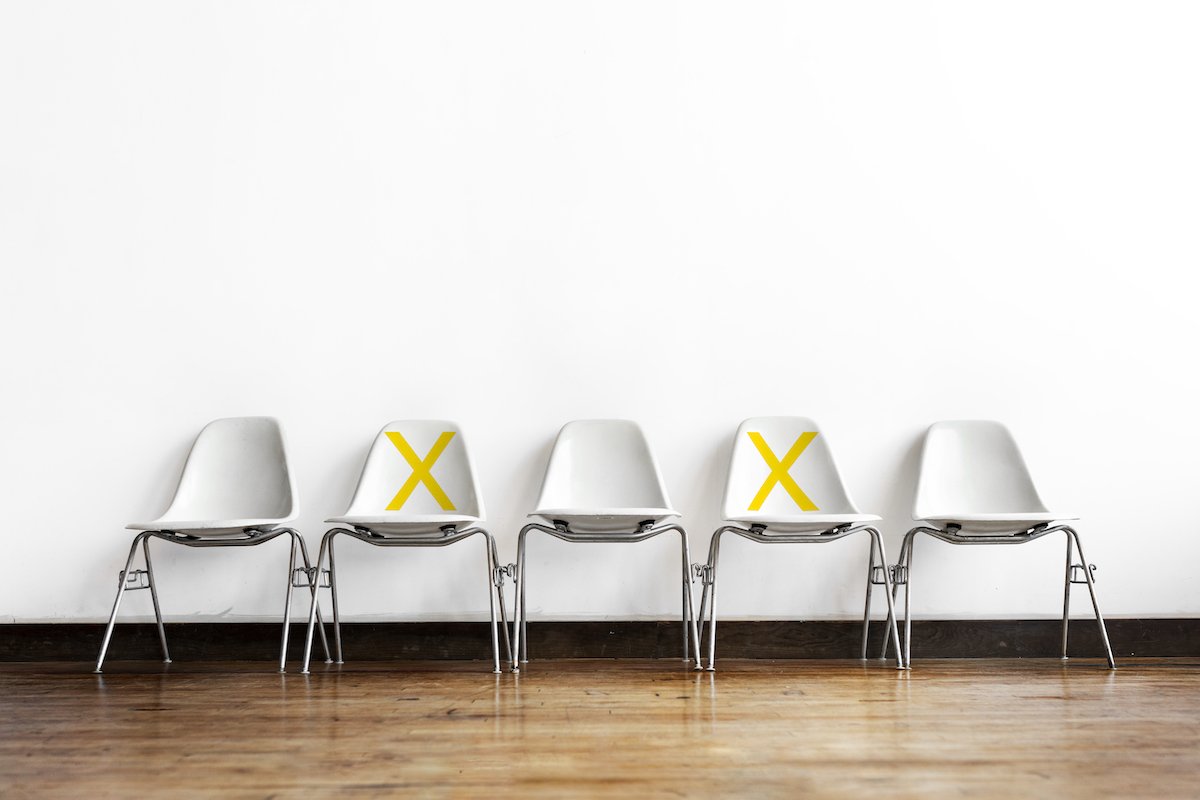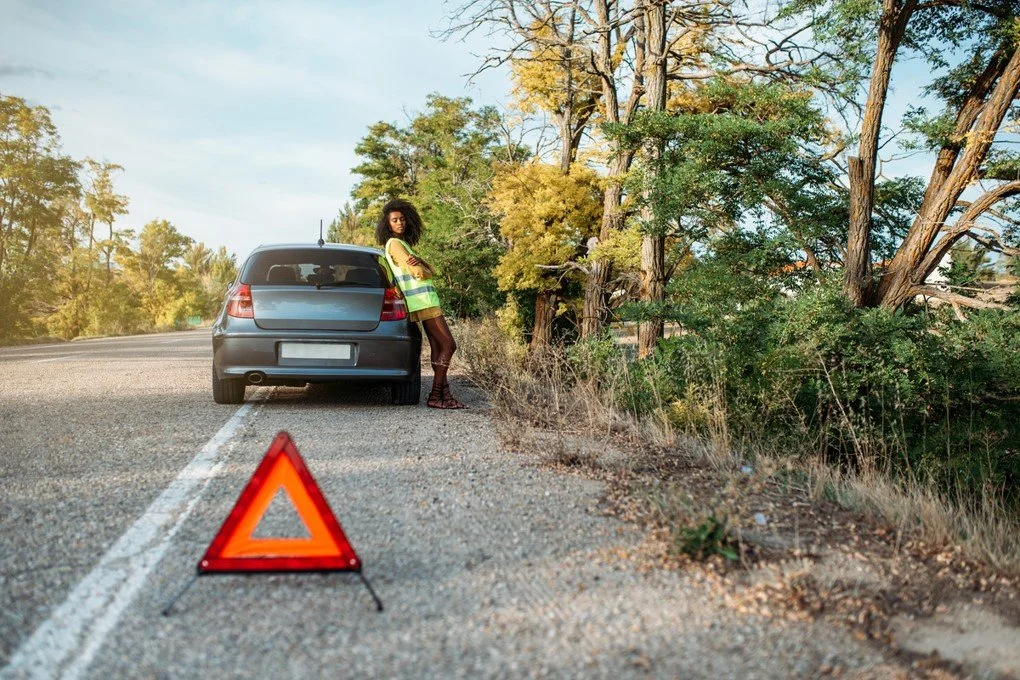Physical Distancing Best Practices
Languages: English
Media Editing: The video module(s) in this subject are editable under our Content Studio offering unless otherwise indicated. For more information about Content Studio, contact your CSM.
Description: In order to decrease the potential transmission of COVID-19, public health agencies and governments have asked that we all do our part and practice physical distancing to prevent us from getting sick or making other people sick with COVID-19. But what does physical distancing mean? In this subject, we define what physical distancing is, and go over best practices that can help limit the spread of COVID-19 in the community. This includes keeping six feet (two meters) away from others outside of your household, what to do when you need to go grocery shopping or to the pharmacy, and how to safely open public doors or ride public transit. Learners are also taught guidelines for physical distancing when riding an elevator.
Languages: English
Media Editing: The video module(s) in this subject are editable under our Content Studio offering unless otherwise indicated. For more information about Content Studio, contact your CSM.
Description: In order to decrease the potential transmission of COVID-19, public health agencies and governments have asked that we all do our part and practice physical distancing to prevent us from getting sick or making other people sick with COVID-19. But what does physical distancing mean? In this subject, we define what physical distancing is, and go over best practices that can help limit the spread of COVID-19 in the community. This includes keeping six feet (two meters) away from others outside of your household, what to do when you need to go grocery shopping or to the pharmacy, and how to safely open public doors or ride public transit. Learners are also taught guidelines for physical distancing when riding an elevator.
Languages: English
Media Editing: The video module(s) in this subject are editable under our Content Studio offering unless otherwise indicated. For more information about Content Studio, contact your CSM.
Description: In order to decrease the potential transmission of COVID-19, public health agencies and governments have asked that we all do our part and practice physical distancing to prevent us from getting sick or making other people sick with COVID-19. But what does physical distancing mean? In this subject, we define what physical distancing is, and go over best practices that can help limit the spread of COVID-19 in the community. This includes keeping six feet (two meters) away from others outside of your household, what to do when you need to go grocery shopping or to the pharmacy, and how to safely open public doors or ride public transit. Learners are also taught guidelines for physical distancing when riding an elevator.
Topics
Physical Distancing Defined and General Best Practices
-
Physical distancing may sound like jargon, but it is an essential practice to help limit the spread of COVID-19 in the community. In this topic, you’ll learn what physical distancing means and how to practice it when you go out. You’ll learn best practices to follow when shopping, riding public transit, greeting others outside of your family or social circle, and steps you can take to reduce the risk of spreading or getting COVID-19.
-
Questions (level 1, 2, 3)
Video module
-
This topic is currently available in English.
-
Physical distancing is when you limit the number of people you come into close contact with, as well as staying at least 6 feet (2 meters) away from other people, whenever possible, when outside of your home.
To help reduce the risk of spreading or getting COVID-19, you should limit the number of essential trips you take outside of your home, as much as possible. When making an essential trip, try to go by yourself during non-peak hours.
To help reduce the risk of spreading or getting COVID-19, when in crowded public spaces or taking public transit, wear a face covering or mask, and avoid prolonged close contact with others.
To help reduce the risk of spreading or getting COVID-19, wash your hands or use an alcohol-based hand sanitizer immediately after opening doors or touching communal surfaces.
Wash your hands frequently with soap and warm water for at least 20 seconds or use an alcohol-based hand sanitizer when handwashing is not possible to help reduce the risk of spreading or getting COVID-19.
To help reduce the risk of spreading or getting COVID-19, you should avoid any physical contact, like handshakes or hugging, when greeting people outside of your household. Instead, try giving a slight bow or wave.
At work, don’t congregate in shared spaces. Make sure to follow any guidelines your workplace has to help keep everyone safe and healthy.
Physical Distancing in Shared Spaces: Elevators
-
We know we need to practice physical distancing to help reduce the risk of spreading or getting COVID-19, but how do we do that in a shared space like an elevator? In this topic, you’ll learn some best practices for physical distancing in elevators, like what to do when you need to push buttons, how many people should be in the elevator, where you should stand, and more.
-
Questions (level 1, 2, 3)
Video module
-
This topic is currently available in English.
-
Take the stairs whenever possible to help make physical distancing in the elevator easier for those that need it.
If you need to use an elevator to get to work or an appointment, give yourself extra time in case you need to wait for an elevator in order to be able to practice physical distancing.
When getting on an elevator, follow the guidelines for the recommended number of riders. The size of the elevator will dictate how many people can ride it while practicing physical distancing.
When riding an elevator, stand as far away as possible from other riders and face away from them. You may need to wait for another elevator to be able to do this.
Try to avoid directly touching anything in the elevator, especially high-touch areas like buttons and handrails.
Try to use your elbow or put the bottom of your shirt or sleeve over your finger when pressing elevator buttons. If you do need to use your hands, avoid touching your face after pushing elevator buttons.
When you get off the elevator, use hand sanitizer. When you get to your destination, wash your hands thoroughly, with soap and warm water for at least 20 seconds.






